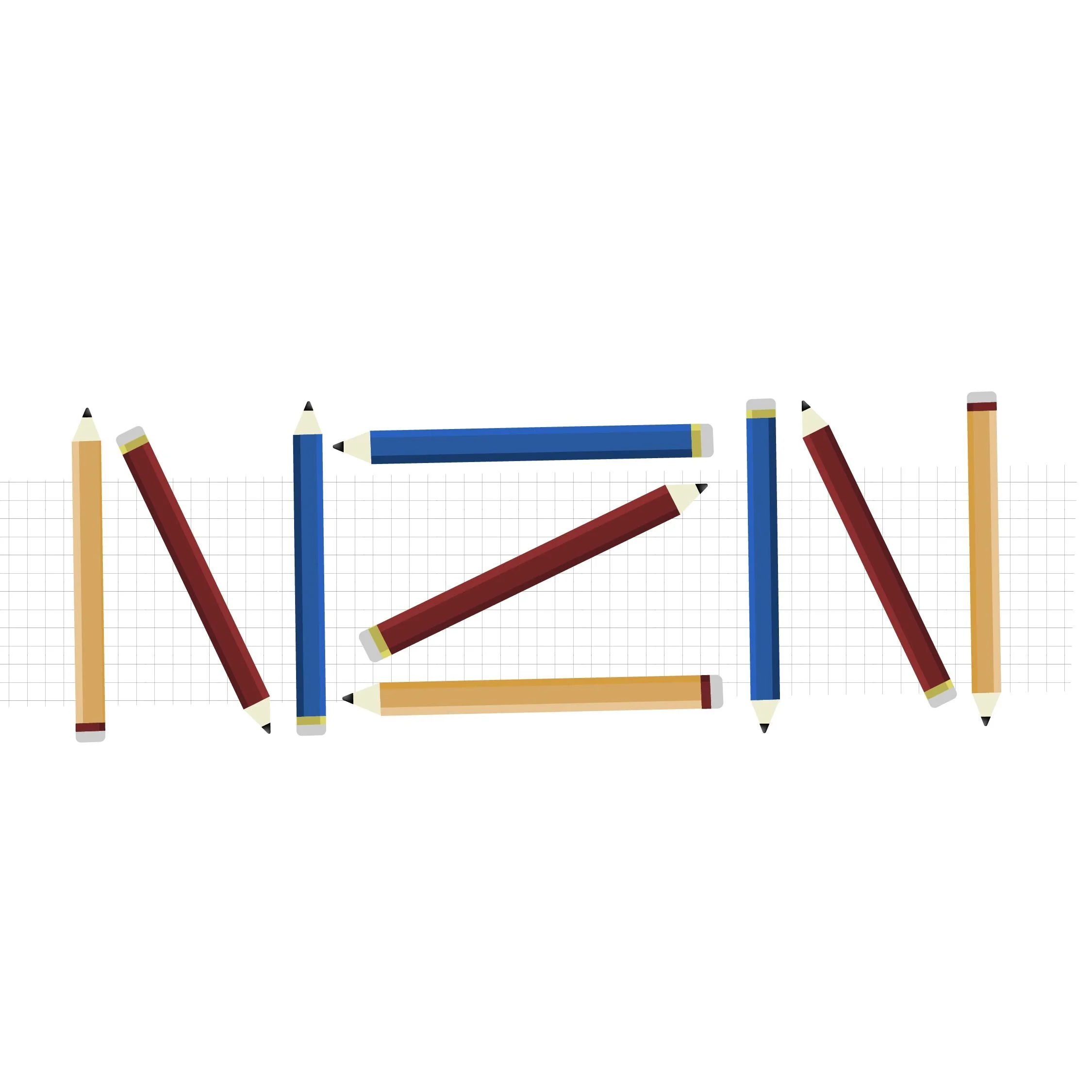Having studied Art at both GCSE and A-level sketchbooks contained the body of work that would result in a final grade for a final project. So I continued to carry this pressure to have a sketchbook that would be proof of my ability and work ethic inside and outside of the classroom. Studying architecture you come to realise that pressure to have a sketchbook that looks good isn’t the same as having one that is useful, to you or whoever was looking through it. Carrying that internally, external pressure to have a sketchbook worth looking at often made me avoid using it altogether because drawing wasn’t my strongest skill. It was the urge to document and to simply untie the tangled web of ideas that words couldn’t unravel that I needed my sketchbook because I needed to put these ideas on paper somewhere. The more I put pencil to paper, and then pen to paper the more I was able to get comfortable that as a journal, this sketchbook was there to help me help myself.
So in light of these thoughts, here a few ways you should be using your sketchbook to get better at communicating your ideas on your figuring-it-out journey that being an architecture student is.
Imperfect observations
Whether on-site visits, commutes to the library you are bound to find something that interests you, architectural or not. Like jotting down quick notes in a lecture use your sketchbook to make notes on your surroundings, if you don’t do this often don’t place any expectation that things are going to be to scale or proportional. If you have unsteady hands or a form of transport that doesn’t give you physical stability, just jot down what you see that caught your attention. It could be details or perspective that you might want to capture in your own project drawings. Taking pictures is great too but putting pen to paper might help you build the confidence to look out for things and allow you to pick up on techniques that best express what you want to. It really is about practising, and eventually, the things you do sketch will make sense.
Concepts
Concepts or conceptual drawing that visualises the essence of an idea that you have for a particular drawing or part of your project is an important process. When explaining your projects you want to understand the bare bones of the scheme, the more complex, the more you need a concept drawing to help you explain what the narrative of your proposal is. In your sketches, you want to put visuals to words that you think about when describing what it is you are trying to show in drawings. Especially during the initial stages of your development, we all know how easy it is to simply say what your proposal is but that isn’t enough to convey what your project is about. It can be all too easy to place annotations where you can draw out shapes and details, the earlier you do this the clearer your ideas will be to understand. In your sketchbooks, you are figuring it out and concepts are a way of documenting your first interests in your site or a given problem you want your proposal to address. Think of concept drawings as the conversations you are having with yourself about the intention of your proposal. By sketching out concepts (rough or to a specific scale) you’ll be able to pinpoint important characteristics that you want to embed within your project. It is all too good to talk about asymmetry but showing for instance a sketch of your proposal form that is irregular or asymmetrical on a map or site plan will make it easier to understand. Even when you don’t have a clear idea, bringing concept drawings to discussions with your peers or tutors in tutorials will allow you to find the best way to show a given idea. And your sketchbook is a great place to document all of this process work.
Storyboarding
Just like having a plan works well for writing essays, so does having storyboards for your portfolio pages. If you are coming up to final crits, or final submissions having a plan of what you plan to show in the format of storyboards will allow you to find the clarity (or lack thereof) of the narrative within your projects. Use your sketchbook to make storyboards to come back to when you are planning your portfolio layout is one of the many ways you are organising yourself for the stress that can come with having no plan or record of the portfolio you want to be making. Remember you are figuring things out, and your sketchbook is the visual notepad to store these plans so that even once you’ve had your submissions you are able to go back to your portfolio plans to understand from a visual point of view the way in which you intended your portfolio to be read. Think of it as the place to have the draft of the work you are producing but are planning on producing. You can’t go wrong with having a plan to work with, even if it changes down the line. Your portfolio is a work in progress but you want it to be ready when you need it and in your sketchbook is where you should find ways to plan and execute when you need to.
Your sketchbooks over the years become an essential part of your tool kit wherever you go, and although you might not always be able to fill it completely you should always be looking to utilise them. The more you use your sketchbook the easier it will become to face blank pages with a pencil or pen, and instead, you’ll build the confidence that you’ll always need to face challenging ideas and complex problems.

